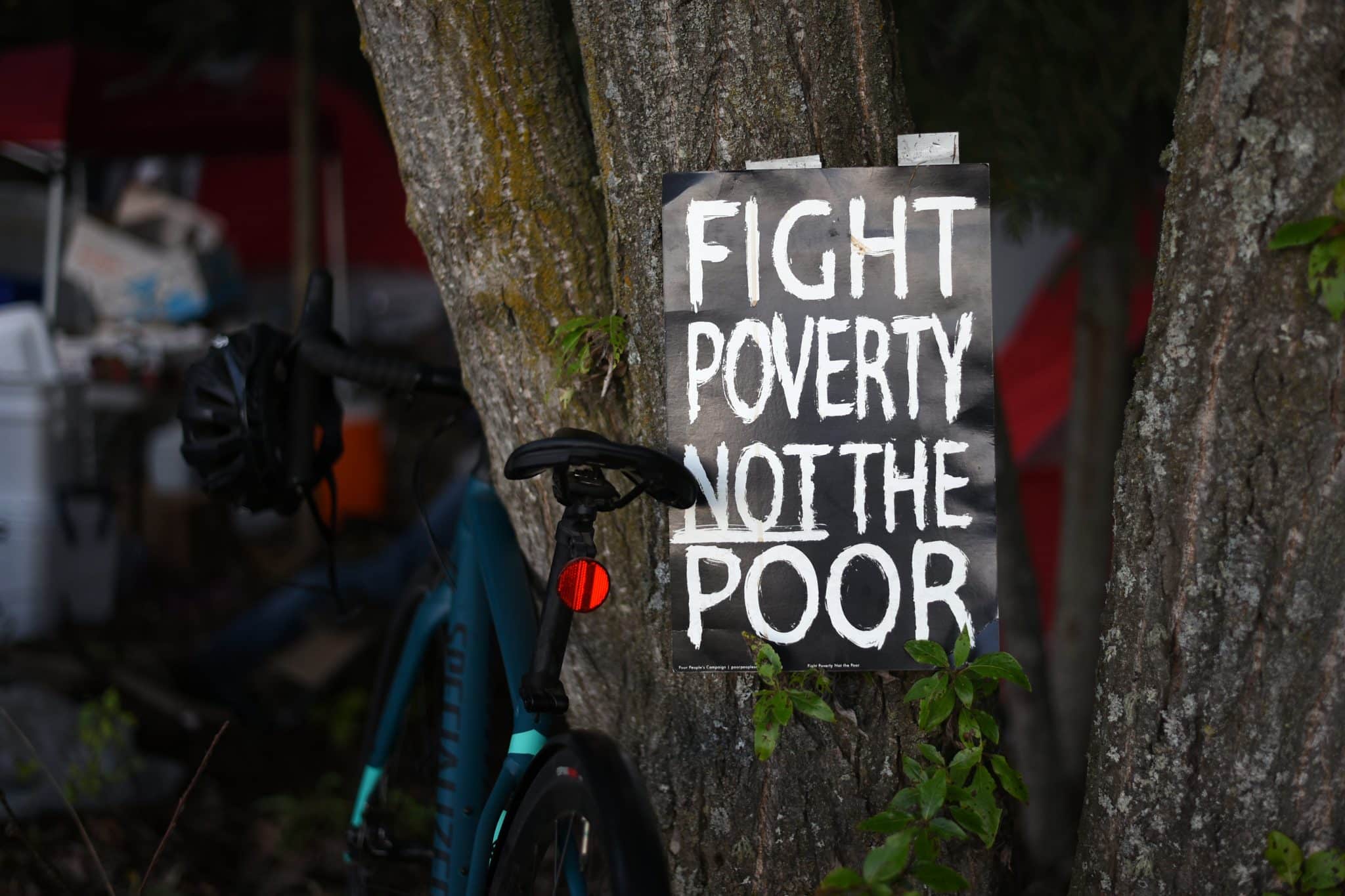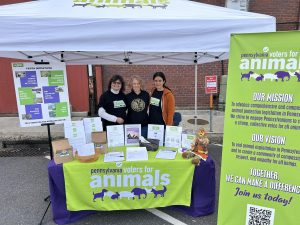ovember is National Homelessness Awareness Month, and it has been over fourteen years since the federal government last updated its definition of homelessness. It is time to change that to reflect how people experience homelessness today, and to secure more funding to end housing instability.
An individual is considered homeless if they lack a fixed, adequate nighttime residence (including those staying in a homeless shelter), lose their residence without another place to go or are fleeing domestic violence.
Millions of people cycle in and out of homelessness each year. And that’s just when counting by the narrow federal definition. The actual number is likely far higher.
As a 2016 study highlighted, many people who lose their stable housing make the difficult decision to move into others’ homes. Examples of this include a parent and adult child living together, couchsurfing with friends, or two families living together. In 2019, 3.7 million people lived in households like this, most of whom are viewed by the government as at-risk of homelessness.
But staying temporarily with a friend or family member is not permanent stable housing. People living in doubled-up households represent a wide variety of situations, and those who need help to avoid losing what little stability they have shouldn’t be denied it because they don’t match a stereotypical view of being homeless.
There is precedent for this. Since 2009, unaccompanied youth between 18 and 25, as well as families with children, have been considered under a more extensive definition of homelessness by the U.S. Department of Housing and Urban Development (HUD). Youth and families with children are considered homeless if they have not lived independently in permanent housing for a long time, frequently move and anticipate this will continue. The definition for these groups includes doubled-up households. In the 2022-2023 school year, 61 percent of homeless children in New York City were living in doubled-up households.
READ: How to Solve Homelessness in the United States
Many individuals older than 25 and without children meet this criteria. People who experience federally-defined homelessness sometimes temporarily stay with friends or family. For many of them, however, these arrangements are usually not a long-term solution, and are not an indication that they don’t need services.
Another 2022 study shows even these short stays can threaten an individuals’ priority for homeless services, such as shelters and housing, and jeopardize their ability to permanently exit homelessness.
Denying access to assistance perpetuates racial disparities in homelessness services.
A 2013 report for HUD found that Black, Hispanic, Asian, Indigenous and other non-white households were more likely to be doubled-up than white households. Doubled-up households were concentrated in cities and other urban areas across the United States. Latinx people experiencing homelessness are more likely to live in doubled-up housing conditions to avoid living in a shelter or on the street.
To be sure, those in the at-risk category are already eligible for homeless prevention services through HUD’s Emergency Solutions Grant such as permanent rental subsidies, eviction prevention and rapid rehousing programs. Rapid rehousing programs offer short-term services like finding rental housing, covering move-in costs, rent, deposits, utilities and negotiating with landlords.
Homelessness prevention, however, is a small piece of the overall federal response to homelessness, with the least amount of funding and the lowest priority. Counting temporary doubled-up housing situations as at-risk of homelessness makes less sense when individuals are experiencing literal homelessness every other night.
READ: Bucks County Families Will Suffer with the Loss of SNAP Benefits
Permanent rental vouchers keep people housed. Yet families can spend up to six years on the waitlist for the Housing Choice Voucher, a permanent rental subsidy, especially if they are only at-risk of homelessness.
Policy makers, elected officials, funders and activists need to update the definition of homelessness to represent the much larger number of people who are actually experiencing homelessness. It is vital to dedicate more resources to those who are staying in precarious housing situations that can leave them homeless on the streets or in shelters at any time.
This column was produced for Progressive Perspectives, a project of The Progressive magazine, and distributed by Tribune News Service.







